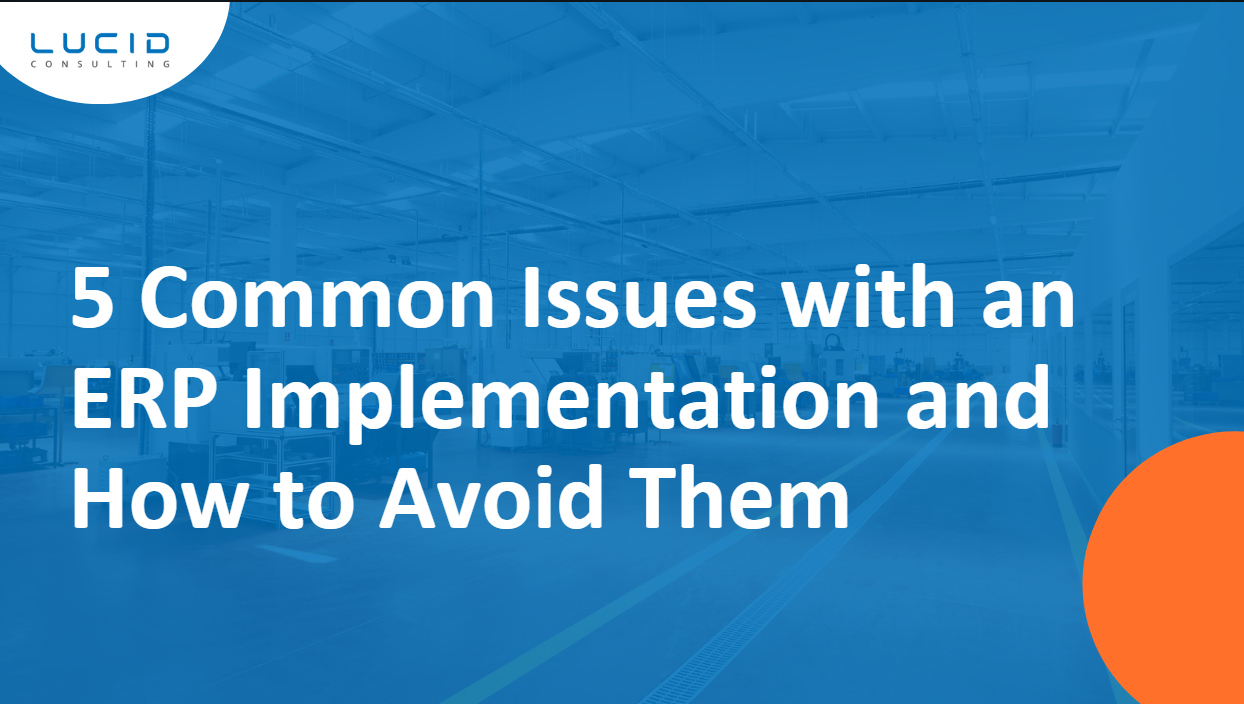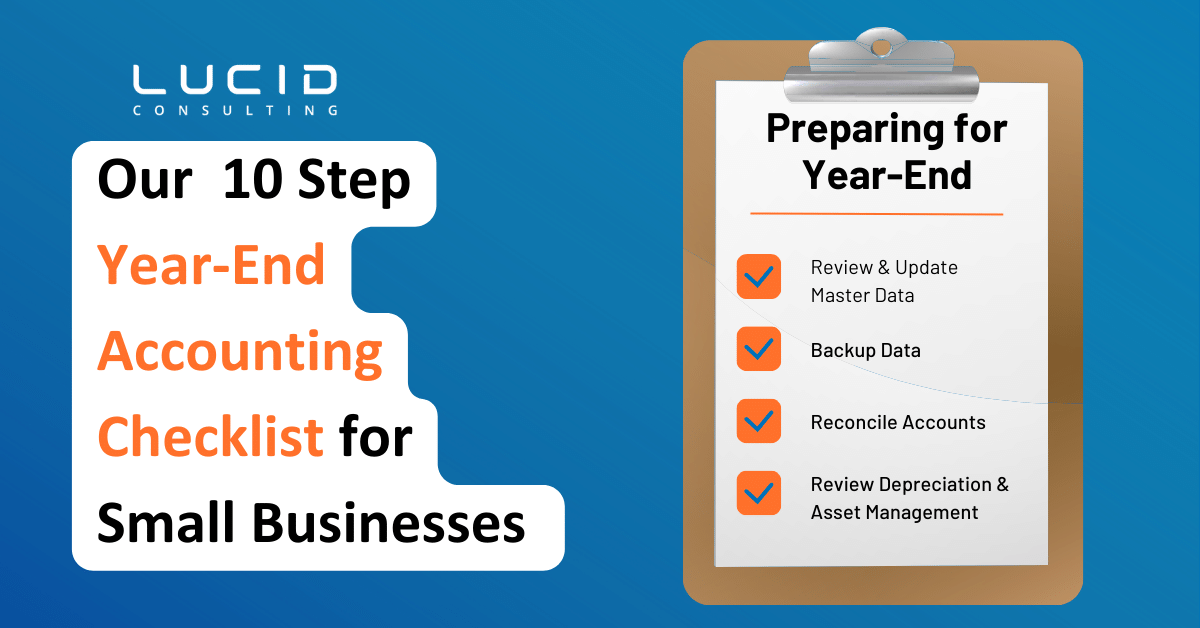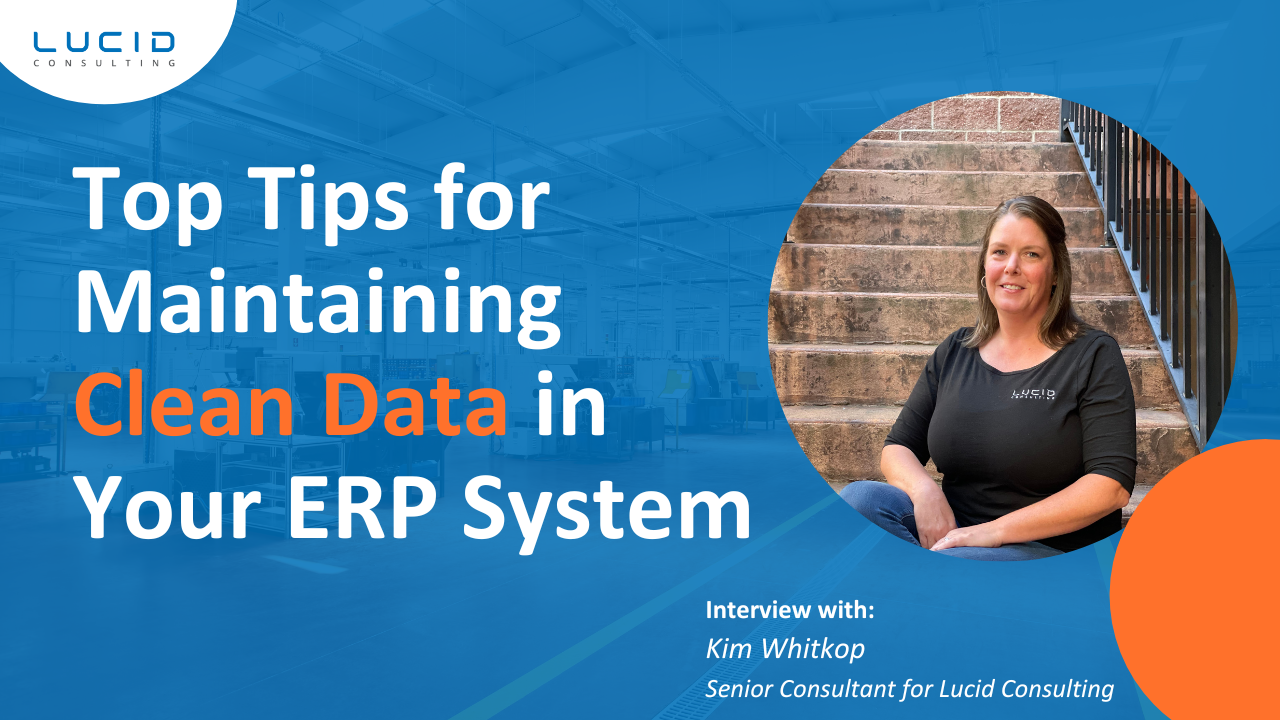7 min read
5 Common Issues with an ERP Implementation and How to Avoid Them
 Lexin-Ann Morales
:
Jan 27, 2025 3:30:47 PM
Lexin-Ann Morales
:
Jan 27, 2025 3:30:47 PM

ERP (Enterprise Resource Planning) implementations can revolutionize how a business operates–but the path to a successful one is often fraught with challenges. Over 55% to 75% of of ERP implementation projects fail Whether it’s about developing a comprehensive game plan or realistic goal setting, implementing an ERP system is no small feat for those that succeed. Success is not just about the ‘features’ of the software selected. A real conversation about what the real challenges are should be discussed at the beginning of every implementation.
For Jason Alexander, challenges on ERP implementation are more than the planning and technicality–it’s also about mastering the simple yet critical elements like managing expectations, fostering engagement, and more.
Jason is the owner of Lucid Consulting, an ERP consulting firm based in Bellingham, WA. With (almost three decades) over two decades in the business, Jason and his team encountered countless challenges in ERP implementation. In this interview, Jason discussed some key challenges that Lucid Consulting faced in an ERP implementation–and how the Lucid team turned them into opportunities for success.
‘
Managing Scope and Expectations
For Jason, an ERP implementation is a lot like going to an ice cream shop candy store and (having to select a few flavors when everything looks good) choosing one flavor. “You know that tough decision when you're staring at all a cabinet full of 31 candy flavors, trying to pick just one or two? It’s easy to get lost in the weeds and lose focus when you start an implementation, and it’s a lot like that when you start doing things that aren’t really aligned with the initial objectives of the implementation.” If there is a need to evaluate a scope change, He emphasized the importance of two key questions: Is this essential for going live, and does it provide an immediate benefit?
If the answer to the questions above is no–then it’s best to put that into the [next] phase of implementation, rather than now. For Jason, it’s similar to building a house. “When you’re building a house, you’re not building a garden or installing a nice lawn first–you focus on building the house. The foundation, electrical, plumbing, etc components of the house are critical. ERP is no different. The core objectives that led to the decision to implement a new ERP system should remain at the forefront. Managing that is really important. Items not initially critical can be pushed to a phase II. and think of those later. It’s basically the same with ERP implementation.
“ERP systems are set up in a way that you’re going to continue to evolve–so it’s important to focus on the scope and expectations to set your sail on the right foundation.”
Here’s how Lucid Consulting solves this challenge:
- Lucid team develops a comprehensive project plan outlining deliverables, timelines, and responsibilities.
- They set realistic goals that align with your organization's size, industry, and resources.
- Regularly review progress with stakeholders and the whole team to ensure alignment with the agreed-upon scope.
Employee User Engagement
With over 55% to 75% of of ERP implementation projects fail to meet their objectives because of lack of employee engagement,
ERP systems are as much about people as it is about the technology. Employee engagement is of paramount importance to the success of an implementation. it’s not new that this remains a challenge not just for Lucid Consulting, but to other ERP consulting firms out there. Employee engagement and its related counterpart employee ‘buy-in’ can be a real challenge. “We have encountered many companies that have experienced this. weren’t focused during implementations. On the one had employees are performing their day job and on the other they are being asked to take on a load of new tasks to help implement. Employees may not see the benefit and resist the change. Time is always a problem as it relates to this. In order to be successful employees need to have time allocated to work on the project and be engaged. –maybe because of many factors like internal complications, or it might be the leaders that are not helping us drive it,” Jason shares. “The thing is, everyone has to be plugged in during an ERP implementation: Everyone needs to be signed up to do it and put the time in for it to be successful.”
Employers need to communicate and involve employees at all levels in the process. To add, lack of involvement from end-users during the implementation process often leads to low adoption rates. When users feel excluded, they may resist using the new system or fail to understand its benefits. The decision to select and implement a system may be made at the highest levels but the success will absolutely depend on the engagement of the employees.
For Jason, it’s like having a personal trainer who coaches you trains and teaches you exercises you need to do, but you don’t follow the guidance or keep up on the exercises. never do them.
“What’s really, really important is that not only do they recognize they need to be engaged all the way up to the highest level, but they're committed to it, that they're allocating time to it and keeping the organization informed on the goals and the progress of the project.”
Here’s how Lucid Consulting solves this challenge:
- Engage ALL users from the beginning, incorporating their feedback into the design and configuration of the ERP system.
- Identify champions within teams who can advocate for the new system and help train their peers.
- Conduct weekly meetings and updates to keep users informed and involved. The Lucid team also has monthly check-ins with everyone involved in the project to keep things moving forward.
Give Assigning Ownership to the Client Employees
If clients' employees do not have a sense of ownership or active involvement in the implementation, not only the implementation dates are delayed–the project may also lack critical input or stall post-implementation.
“What we’re always trying to do in at Lucid is to put give ownership to in our clients. At the end of the day they will be running this solution and evolving with it. Just like purchasing a new car. The employees need to feel comfortable driving it off the lot. and let them do their homework,” Jason says. “By doing this they become a critical part of the solution and the implementations is much smoother. I would argue that the benefits from going through this process are amplified sooner as well. so, they’re helping us have all the details to get the implementation smooth sailing.”
Here’s how Lucid Consulting solves this challenge:
- The Lucid team defines client responsibilities in the implementation process and works with the client to identify key individuals and their roles in the project.
- Lucid also works to help the client with implementation action items, such as providing accurate data, reviewing configurations, and participating in testing.
- The Lucid team fosters a collaborative partnership with their clients.
Data Migration and Integrations with Third Parties
For the Lucid team, data migration is a very common challenge–but so is integrating with third party vendors. Integrating an ERP system with existing software and third-party applications can be complex. This often results –resulting in data silos, duplicate efforts, or disrupted workflows.
“Data migration is hard, but integrating with third parties is a whole different story,” Jason shares. “We’re bringing another vendor into the equation, and sometimes it’s two or three or more vendors: which is more challenging because there are complexities with coordinating schedules, priorities, etc. When it is just a client and an implementation partner there are only two sets of schedules and priorities to manage. With each third party added to the equation the challenge increases. it’s not your team you’re trying to control.”
What helps the Lucid team when third party integrations are involved? Obtaining reliable references and specifically references that are very similar to how the client will be utilizing the third-party solution. Additionally, understanding how their implementation process integrates into the overall implementation project is a must. If the clients can help in getting references or plan on how to do it right, the better. “It’s just making sure that we are in a good spot when we’re doing those integrations and not causing further complexities.”
Here’s how Lucid Consulting solves this challenge:
- The Lucid team conducts a thorough analysis of existing systems and identifies integration points early in the planning process.
- Get experienced consultants in the project who understand the nuances of third-party integrations.
- When going live, the team tests integrations extensively before going live to ensure seamless functionality.
Resistance to Change
Change is hard for many organizations—especially when it involves new technology and processes, specifically implementing ERP.
There are a lot of reasons why employees resist change. Everything from the stress of the project, to not having enough time, not feeling involved and even insecurities on whether or not they will have a job afterwards. The list goes on. While the main reason for resistance is the complexity of using ERP, another reason why is the myth of being replaced. Employee involvement, good communication and engagement address most of these reasons. Going through an ERP implementation often helps bubble to the surface internal conflicts. It identifies silos and in many cases processes that need to be revisited or completely changed. This can be stressfull for employees. Jason shared how some employees are worried that ERP systems will replace their jobs: “The truth is, it doesn’t necessarily mean a job is eliminated take a job away, the job just changes; and they must be willing to change with the job. You have to adapt to the fact that you’re now using tools to do something different than you did before–and not everyone is alright with that. This should be viewed as an opportunity for growth by every employee in the organization. A new ERP system can open doors to tasks and processes the previously would not have been possible. It opens doors to new and improved ways for employees within an organzation to work better together. “One of the highlights in every implementation is when an employee at a client suddenly realizes what they are capable of and even more what they can do in the future. It’s the small wins during and after an implementation that are the most fun to see”
Because resistance to change can significantly hinder the implementation process and long-term success of an ERP system, it’s crucial to continuously communicate about the benefits of ERP systems to employees clients. As Jason puts it: “To help clients overcome this, we try to share tell them the benefits of the ERP system to all levels of the organization, emphasizing how it will improve their daily tasks.”
Here’s how Lucid Consulting solves this challenge:
- Communicate the benefits of the ERP system to all levels of the organization, emphasizing how it will improve their daily tasks.
- Develop a structured change management plan, including clear communication, training, and ongoing support.
- Address concerns and feedback promptly to build trust and confidence in the new system.
While ERP implementation can be challenging, recognizing and addressing these common issues can pave the way for a successful rollout. By managing scope, engaging users, fostering client ownership, ensuring seamless integrations, and overcoming resistance to change, businesses can fully leverage the power of their ERP system.
If you’re planning an ERP implementation, partnering with experienced consultants can make all the difference. Contact us today to learn how we can help your business achieve a smooth and successful transition.

Our 10 Step Year-End Accounting Checklist for Small Businesses
As the year draws to a close, it's crucial for businesses to conduct a thorough year-end accounting process review. A comprehensive year-end checklist

Top 5 Must-Have Field Service Management Software Features
Field service management (FSM) software has become an essential tool for businesses that provide on-site services. It helps streamline operations,...



